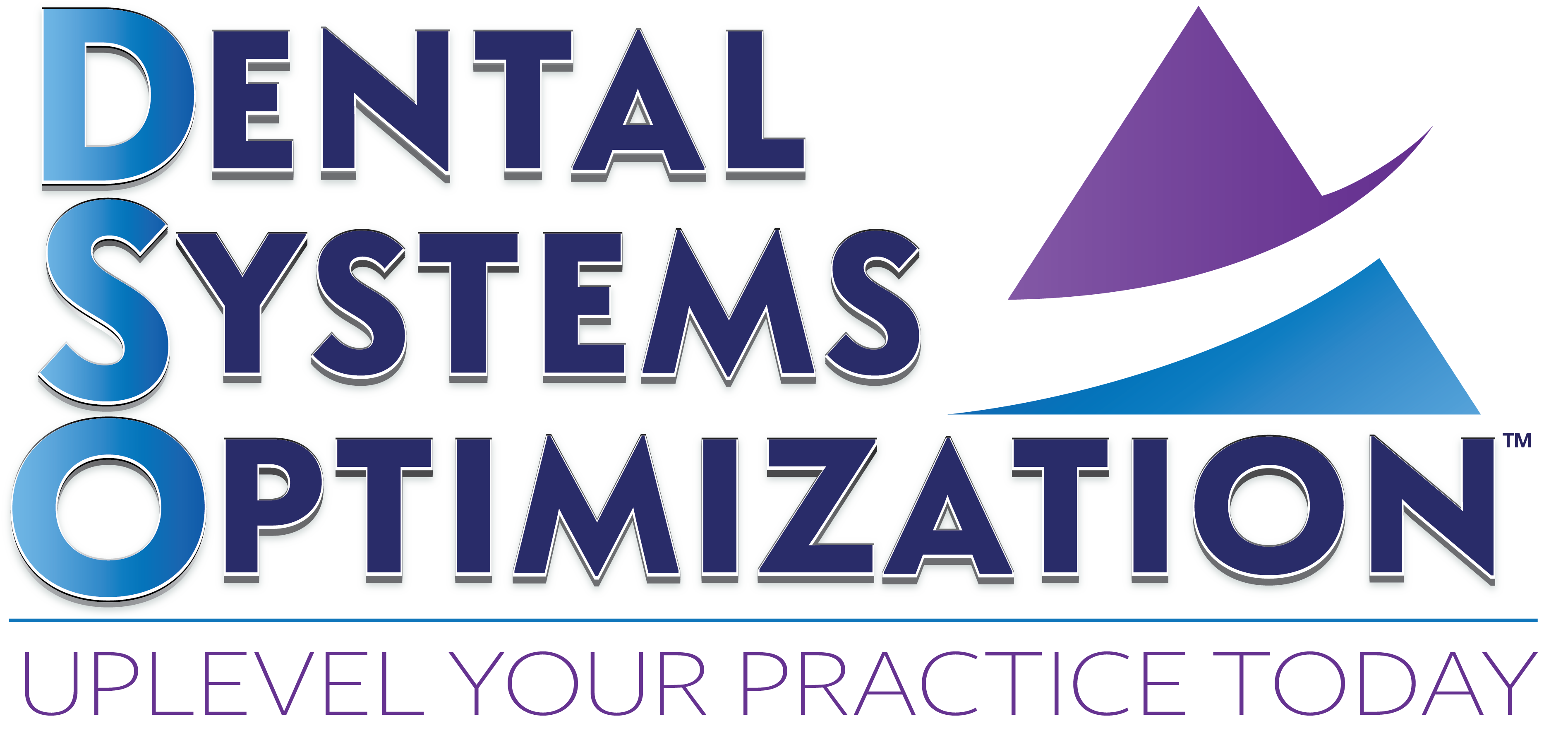As dental practices become more competitive, retaining patients is an important aspect of success. However, it is not uncommon for some patients to become inactive and stop visiting the practice. It could be due to various reasons such as financial limitations, busy schedules, or a change in insurance coverage. While it may seem tempting to let them go, dental practices must re-engage with their inactive patients. In this blog post, we will explore the topics of how dental practices can connect with inactive patients to improve patient loyalty and boost revenue.
Why do patients Become Inactive?
- Lack of communication
- Uneasy dental Experiences
- Financial Concerns
- Rescheduling difficulties
- Poor Customer Service
Best ways to connect with former patients and build lasting relationships with them.
1. Identifying Inactive Dental Patients:
The first step in reconnecting with inactive patients is to identify them. Dental practices can analyze their patient database and filter out patients who have not visited the practice for a long period, usually six months or more. Once the inactive patient list has been identified, practices can reach out to them through phone, email, or direct mail.
2. Understanding Patient Needs:
Reaching out to inactive patients is not just about reminding them to make an appointment. It is also about understanding their needs and concerns. Patients may have stopped visiting the practice due to negative experiences, an inability to pay for dental treatment or services, or fear of dental procedures. Practices can conduct surveys or polls to gather feedback and address any issues that deter patients from visiting.
3. Personalized Communication:
Once the inactive patients have been identified, practices should communicate with them in a personalized manner. Generic or automated messages are unlikely to spark interest or encourage patients to visit the practice. Personalized messages can include birthday wishes, check-ups, or appointment reminders. Any communication should be timely, relevant, and tailored to the patient’s specific needs.
4. Incentivizing Patients to Revisit:
Offering incentives to inactive patients can encourage them to revisit the practice. The incentives could be in the form of discounted services, free check-ups, or free oral health products. Incentives can show patients that the practice values them and is committed to maintaining a long-term relationship.
Former patients are likely to talk about their experiences with family and friends. Practices should create a referral program to reward patients who refer new customers. The rewards could be in the form of discounts or free services. This technique can help practices reach out to potential new patients, while also encouraging former patients to
5. Leveraging Technology:
Technology can be a powerful tool for reconnecting with inactive patients. Dental practices could leverage digital channels such as social media, telemedicine, or chatbots to stay connected with their patients. With telemedicine services, patients can communicate with their dentists via video consultations. Chatbots can help with appointment scheduling, check-ups, and FAQs. Leveraging technology can significantly improve patient engagement and satisfaction.
6. Follow up on their treatment plan
When a patient leaves the practice without following up on their treatment plan, it’s a wasted opportunity for both the patient and the practice. To prevent this from happening, consider setting up a system to follow up with patients after their first appointment or treatment. You can send them postcards, emails, or even phone calls to remind them of their next meeting and the benefits of following through with their treatment plan. You may also want to offer some educational resources or testimonials to help them understand the importance of their dental health.
7. Engage on social media
Social media is a great way to connect with patients, both active and inactive. You can use social media platforms like Facebook, Instagram, and Twitter to share updates, promotions, and educational content related to dental health. By doing so, you can engage with patients on a more casual and friendly level, which can help strengthen your relationship with them. Additionally, you can encourage patients to leave reviews or feedback on your social media pages, which can help attract new patients and build trust with existing ones.
8. Offer Loyalty Programs
One of the most effective ways to retain patients is to offer loyalty programs that incentivize continued patronage. These programs could include anything from discounts on treatments to reward points for various milestones or actions. By offering incentives that encourage patients to remain active with your practice, you can help build long-term loyalty and keep patients connected.
In conclusion, connecting with inactive patients is crucial to dental practice management. It is essential to identify inactive patients, understand their needs, communicate in a personalized manner, incentivize them, and leverage technology. Engaging with inactive patients can help practices improve patient loyalty, boost revenue, and build strong patient relationships. As dental practices continue to face fierce competition, reconnecting with patients can provide a significant competitive advantage.

